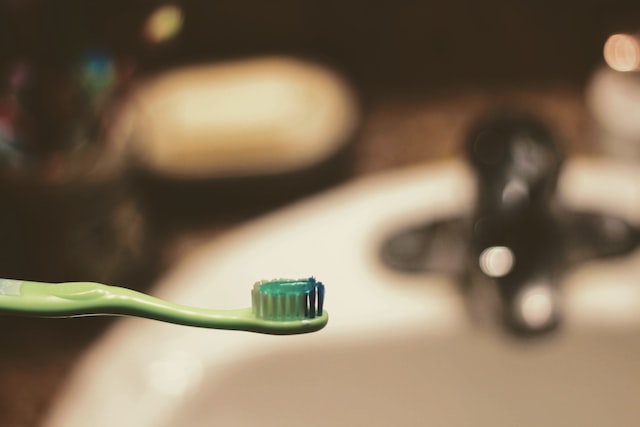BACKGROUND
Biphenyl-2-ol and Sodium 2-biphenylolate (CAS/EC No. 90-43-7/201-993-5 and 132-27- 4/205-055-6) are known with the INCI names ‘o-Phenylphenol’ and Sodium ‘o-Phenylphenate’, respectively, as cosmetic ingredients. The use of o-Phenylphenol as a preservative is currently authorised in entry 7 of Annex V to the Cosmetics Regulation (EC) No.1223/2009, with a maximum concentration of 0.15 % (as phenol) in leave-on and 0.2 % (as phenol) in rinse-off cosmetic products.
The SCCS adopted an opinion on o-Phenylphenol (OPP), Sodium o-Phenylphenate (SOPP), and Potassium o-Phenylphenate (POPP) (SCCS/1555/15) in June 2015, later revised on 15 December 2015. In this opinion the SCCS was unable to draw a conclusion regarding the safe use of Sodium o-Phenylphenate and Potassium o-Phenylphenate.
In 2018, the SCCS released an addendum to the above scientific opinion, specifically addressing Sodium o-Phenylphenate, Potassium o-Phenylphenate, and MEA o-Phenylphenate. The SCCS concluded that ‘Due to the lack of relevant information, the SCCS is unable to answer the question regarding the safe use level of sodium-OPP, potassium-OPP, and MEA-OPP. In the SCCS’s view, a direct comparison between the safety of o-Phenylphenate (OPP) and its three compounds cannot be made’. The conclusions of this opinion resulted in amending entry 7 of Annex V to the Cosmetics Regulation, removing from the list the previously authorised OPP salts.
It should be noted that o-Phenylphenol, Sodium and Potassium o-Phenylphenate are active ingredients in broad-spectrum fungicides surface biocides. Under EU biocidal Regulation (EU) 528/2012, o-Phenylphenol has been evaluated for the different product types (PTs) such as PT 1, PT 2, PT4, PT 6 as a preservative ranging from 0.1 to 0.5 % w/w.
The European Risk Assessment Committee (RAC) of the European Chemicals Agency (ECHA) issued in December 2022 an opinion recommending among others a classification for o-Phenylphenol as ‘Carcinogen of Category 2’.
Questions to be addressed by the SCCS
Following the RAC opinion, the European Commission may propose a classification for o-Phenylphenol as a ‘Carc.2’ (CLP Regulation Annex VI entry). According to Article 15(1) of the Cosmetics Regulation ‘the use in cosmetic products of substances classified as CMR substances, of category 2, under Part 3 of Annex VI to Regulation (EC) No 1272/2008 shall be prohibited. However, a substance classified in category 2 may be used in cosmetic products where the substance has been evaluated by the SCCS and found safe for use in cosmetic products’.
In December 2023, the Commission services received a dossier to defend the safe use of o-Phenylphenol, as well as its sodium salt (CAS/EC No. 90-43-7/201-993-5 and 132-27-4/205- 055-6) as preservatives in cosmetic products according to Article 15(1) of the Cosmetics Regulation 1223/2009.
The Commission requests the SCCS to carry out a safety assessment on these ingredients in view of the information provided.
- In light of the data provided and taking under consideration the classification as ‘Carcinogen Cat. 2’, does the SCCS consider o-Phenylphenol safe when used as preservative up to a maximum concentration of 0.2 % in rinse-off and 0.15 % in leave-on cosmetic products?
- Alternatively, what is according to the SCCS, the maximum concentration considered safe for use of o-Phenylphenol in cosmetic products?
- In light of the data provided and taking under consideration the classification as ‘Carcinogen Cat. 2’ of o-Phenylphenol, does the SCCS consider Sodium o-Phenylphenate safe when used as preservative up to a maximum concentration of 0.2 % in rinse-off and 0.15 % in leave-on cosmetic products?
- Alternatively, what is according to the SCCS, the maximum concentration considered safe for use of Sodium o-Phenylphenate in cosmetic products?
- Does the SCCS have any further scientific concerns with regard to the use of o-Phenylphenol and Sodium o-Phenylphenate in cosmetic products?
REFERENCES







